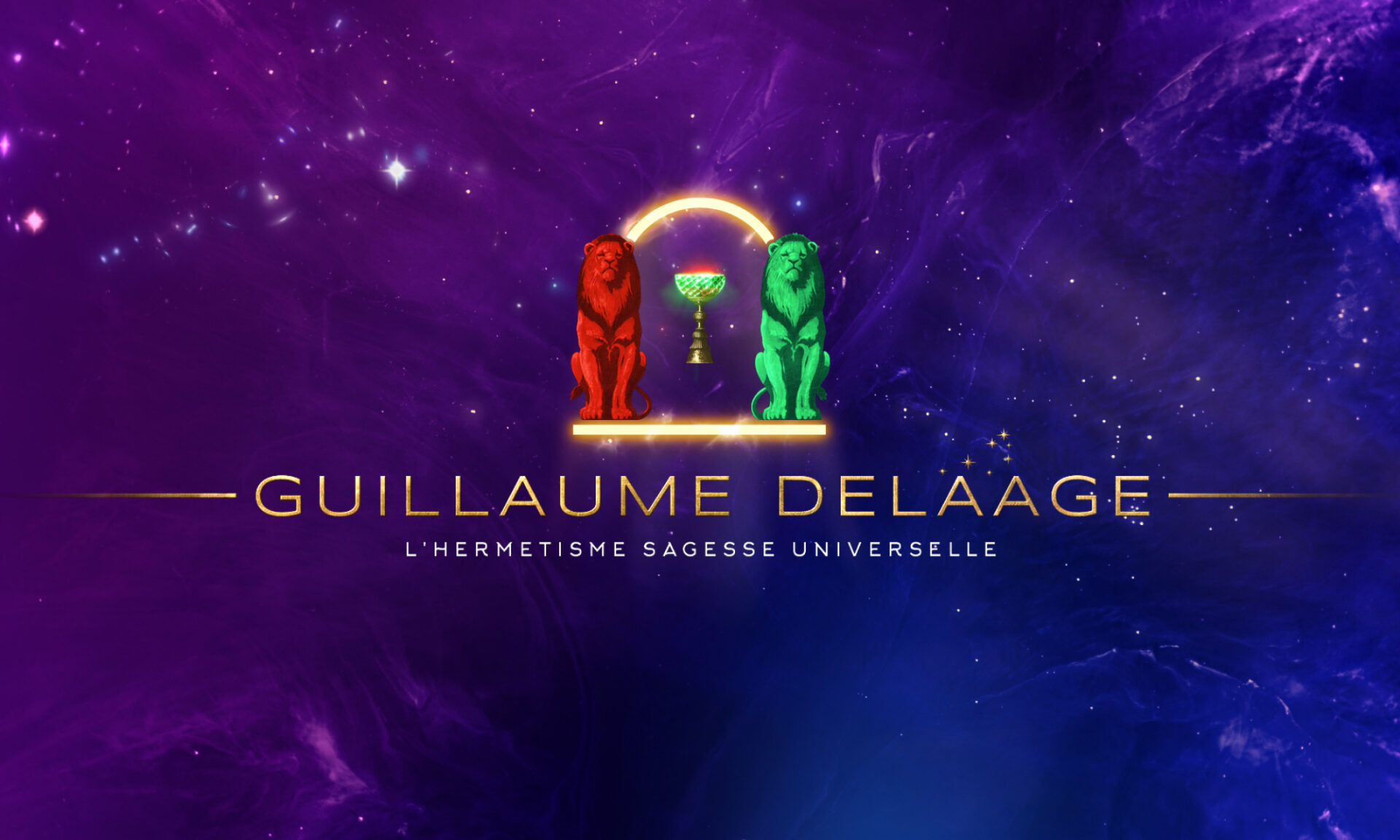Greece, for centuries, was a repository of the primordial Tradition. But at the time when Plato wrote the Timaeus and the Critias the hub was moving to another country. Plato, however, described the degeneration of the Atlantean people with a luxury of details, as if some final precisions were to be transmitted about the lost continent. Indeed, it is thanks to Plato that the name “ATLANTIS” is known to us. But, as we will see, other writings talk about it…
Greece
In ancient Greece, many gods and heroes were idolized and worshipped. Amongst them was Hercules (or Herakles) who, through his twelve labours, allows us to follow a legendary story, an Initiatory rite and, hidden under symbols, a geographic truth coupled with a deep mystery anent the myth of the garden of the Hesperides of which he is the hero. We will have the opportunity to treat this topic in another article.
We will not go into details that would somewhat distance us from our subject. Such details, however, would have enlightened us on this Heraklean initiatory quest while allowing us to find it again, clothed with other conditions, in the other northern peoples, and elsewhere. Truth is one, and the Ancients only adapted it to their customs and their way of life. It might be interesting to present to our readers that kind of research that would prove that everything is concomitant and that in the sacred texts, myths and legends that circulate around the world, the same story is told, the same characters are in place, only the scenery is different.
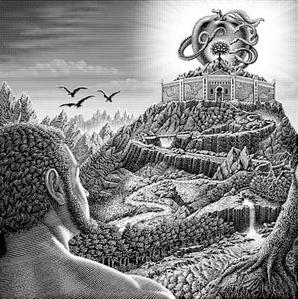
In the long labyrinth of centuries and millennia, humanity has gone through phases of enlightenment and darkness. Based on the archives that still exist in the libraries of the world, we can say that in its protohistory planet Earth had men who knew… This knowledge was the good of all. However, the peoples went through different phases in their evolution, and nothing escapes this rule in the universe. Everything is born, grows and dies. So that nothing is lost, the custodians of knowledge secretly transmitted this millennial heritage to those who had ears to hear. So that no one is deprived of these spiritual and historical treasures, there were the MINOR AND THE GREAT MYSTERIES. Thus with the first, humanity through religions and myths could worship its deities and understand its past. To speak of Greece, this text is certainly not enough. Herakles alone, with his epic and labours, would require long chapters. The episode of Hercules in the garden of the Hesperides, Garden of the Golden Apples, mirrors in many ways the adventure of Jason and the Argonauts. We cannot expand on this subject. In the Heraklean tradition, however, we must highlight the mouth of the Guadalquivir River in the Strait of Gibraltar.
Tartessos
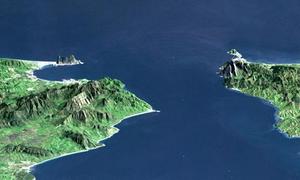 In recent years, some studies have tried to demonstrate that the region of Tartessos and Seville, in Spain, and the Atlantic coast of Morocco, were Atlantean colonies. In the Bible there is mention of the people of Tarsis as renowned traders in ancient times. Resources contained in the subsoil, after geological analysis, help support the thesis that this region, located near the Pillars of Hercules (Strait of Gibraltar), is rich in fertile alluvia from lands now submerged.
In recent years, some studies have tried to demonstrate that the region of Tartessos and Seville, in Spain, and the Atlantic coast of Morocco, were Atlantean colonies. In the Bible there is mention of the people of Tarsis as renowned traders in ancient times. Resources contained in the subsoil, after geological analysis, help support the thesis that this region, located near the Pillars of Hercules (Strait of Gibraltar), is rich in fertile alluvia from lands now submerged.
Was it not Diodorus who claimed that there once existed in North Africa a very large lake that the ancients called Lake Tritonis, which disappeared as a result of earthquakes that broke the embankments on the side of the ocean? The ancient Lake that surrounded Tingis would therefore have been Lake Tritonis on the banks of which was erected the temple of Poseidon in a triple enclosure. If we look briefly into the Heraklean symbolism, we find that the labours of the hero began with the ritual task of slaying the Nemean lion.
If one follows the cycle of the precession of the equinoxes, or great year of Plato which has 25920 years, about 12,000 years ago we were in the age of Leo, which corresponds to the fall of Atlantis. The lion, the force, the King of the animals was slain. Indeed, Louis Charpentier supports this hypothesis – quite appealing in fact – that associates the Heraklean epic with the age of Cancer. After this follows the age of Gemini in which Louis Charpentier sees the formation of the two pillars of the Strait of Gibraltar.
We will add more to this topic by indicating that the age of Gemini saw a breach in the history of Mankind with the schism of Irshou, which was at the origin of the separation of peoples, the end of the Ramic Empire. It is because of this schism that the confusion of tongues came about- the famous Tower of Babel in the Bible. Therefore, we see that the epic of Hercules contains several levels of interpretation, and his quest for the garden of the Hesperides is his journey to the motherland: Atlantis; but it is also the inner quest, which the Knights of the Round Table called the Grail quest.
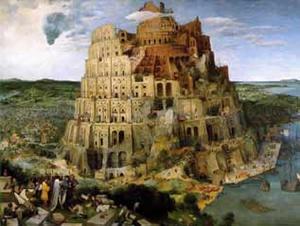
To conclude on the Heracklean epic, we will quote this curious passage from Colonel Braghnine’s scholarly work,” The Shadow of Atlantis”:
The famous picture at Tarragona in Spain…was found during the last century on the walls of a very ancient mausoleum, and was studied by the archeologist Buenaventura Hernandez. It represents the zodiacal constellation of Cancer at the moment of the summer solstice, and under the sign of Cancer, the king Hercules. By a powerful movement of his arms Hercules separates the rocks of the isthmus: near the European rock Calpe are depicted a cock and a rabbit, which are characteristic for Spain, and near the opposite rock Abila, the figures of the ibis and the scorpion, typical of Morocco.
How did the painter have that insight that the opening of the isthmus occurred in the age of Cancer? Now, let us leave Hercules to find other protagonists in Greek mythology. In that tradition, they speak of two deluges, one of Ogyges, the most ancient one (about which Plutarch wrote 14 volumes), and one of Deucalion, son of Prometheus. It is about this last that we will now speak.
Deucalion, son of Prometheus
It is by evoking the straight of the Dardanelles that one can find traces of this deluge in Greece. For these geophysical events, two names come to mind: Deucalion, son of Prometheus, and Horoneus, King of the Gian Ben Gians, who was reputed to be the forefather of Mankind. Seeing that some serious events were about to occur, Prometheus told his son to build a large Ark and settle therein.
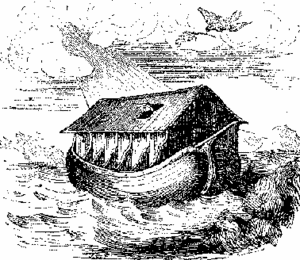 This parallelism between the story of the flood in Mesopotamia with Utnapishtim and that of Deucalion in Greece is quite striking. Besides, did not Deucalion land on Mount Parnassus? It was Zeus himself who greeted him, and from there, a new humanity started. We could, in the light of Greek mythology, still consider many points related to the flood, with the rise of some nations. But we must always remain watchful because traditions from around the world speak of several floods, and some even after the one that sank Atlantis. The priests of antiquity had always known that there was a great flood on earth at the inception of mankind, but that is another story.
This parallelism between the story of the flood in Mesopotamia with Utnapishtim and that of Deucalion in Greece is quite striking. Besides, did not Deucalion land on Mount Parnassus? It was Zeus himself who greeted him, and from there, a new humanity started. We could, in the light of Greek mythology, still consider many points related to the flood, with the rise of some nations. But we must always remain watchful because traditions from around the world speak of several floods, and some even after the one that sank Atlantis. The priests of antiquity had always known that there was a great flood on earth at the inception of mankind, but that is another story.
In the next article, we will return to these vast lands that were once located in the middle of the Atlantic Ocean. To do this, we will have to consider other legends, other myths, less known than those that have been presented in these pages.
